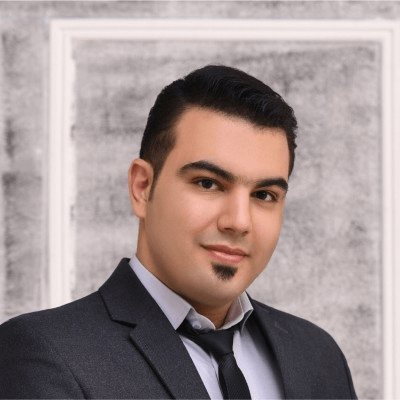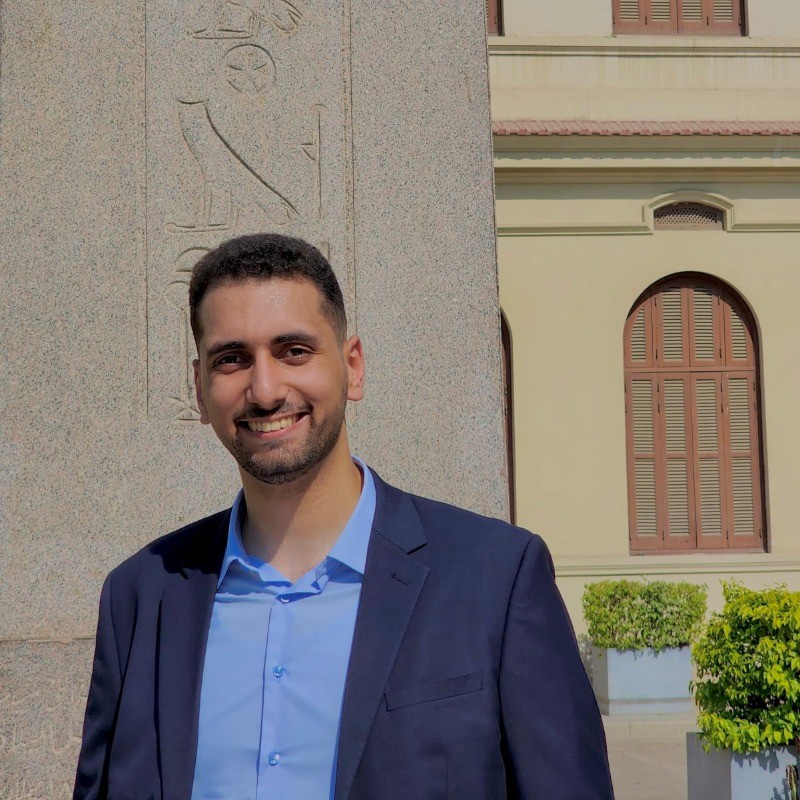Join the Machine Learning in Medical Imaging Consortium (MaLMIC) for an opportunity to network on machine learning
Machine Learning in Neuroimaging
October 31, 2025
3:00 to 4:30 p.m. Eastern
Listen to this high-impact session on AI for brain imaging that bridged cellular detail and clinical translation. Ahmadreza Attarpour’s talk showcased ACE (Artificial intelligence-based Cartography of Ensembles) and MAPL3 (Mapping Axonal Projections in Light-sheet fluorescence microscopy in 3D): end-to-end deep-learning pipelines that turn teravoxel, cellular-resolution light-sheet datasets from cleared rodent brains into unbiased, brain-wide maps of local neuronal activity and connectivity—at both cellular and laminar scales. The second talk by Mahmoud Salman shifted to the neonatal clinic, introducing a robust deep-learning framework that overcomes poor contrast, motion artifacts, and tiny target structures to precisely segment hippocampal subfields and amygdala sub-nuclei from routine MRI. Together, these talks demonstrated how scalable, generalizable methods are pushing neuroscience forward—from whole-brain mapping at unprecedented scale to reliable quantitative biomarkers of early brain maturation.
Interested in joining? Please contact us.
Machine Learning in Neuroimaging
October 31, 2025
3:00 to 4:30 p.m. Eastern
Listen to this high-impact session on AI for brain imaging that bridged cellular detail and clinical translation. Ahmadreza Attarpour’s talk showcased ACE (Artificial intelligence-based Cartography of Ensembles) and MAPL3 (Mapping Axonal Projections in Light-sheet fluorescence microscopy in 3D): end-to-end deep-learning pipelines that turn teravoxel, cellular-resolution light-sheet datasets from cleared rodent brains into unbiased, brain-wide maps of local neuronal activity and connectivity—at both cellular and laminar scales. The second talk by Mahmoud Salman shifted to the neonatal clinic, introducing a robust deep-learning framework that overcomes poor contrast, motion artifacts, and tiny target structures to precisely segment hippocampal subfields and amygdala sub-nuclei from routine MRI. Together, these talks demonstrated how scalable, generalizable methods are pushing neuroscience forward—from whole-brain mapping at unprecedented scale to reliable quantitative biomarkers of early brain maturation.
Interested in joining? Please contact us.

Ahmadreza Attarpour, PhD Candidate
University of Toronto
Ahmadreza is a researcher specializing in machine learning and biomedical image and signal processing, with a focus on developing scalable AI tools for analyzing large-scale 3D microscopy and medical imaging data. His work bridges advanced algorithmic research with practical healthcare applications, and he is passionate about driving the translation of cutting-edge AI research into practical, real-world solutions that push the boundaries of neuroscience and transform healthcare outcomes.

Mahmoud Salman, MESc Candidate
Western University
Mahmoud Salman is an MESc candidate in Biomedical Engineering at Western University, specializing in Machine Learning for Health. His research, conducted at the Robarts Research Institute, focuses on developing deep learning models for the automated segmentation of intricate neurological structures from challenging MRI datasets, particularly the high-fidelity segmentation of neonatal hippocampal subfields and amygdala sub-nuclei to provide quantitative biomarkers for early neurological diagnosis. His broader experience includes brain tumor segmentation and developing novel motion correction frameworks. Mahmoud holds a BSc in Biomedical and Systems Engineering from Cairo University, and is passionate about translating advanced computational tools into reliable clinical solutions to advance our understanding of brain development and disease.

